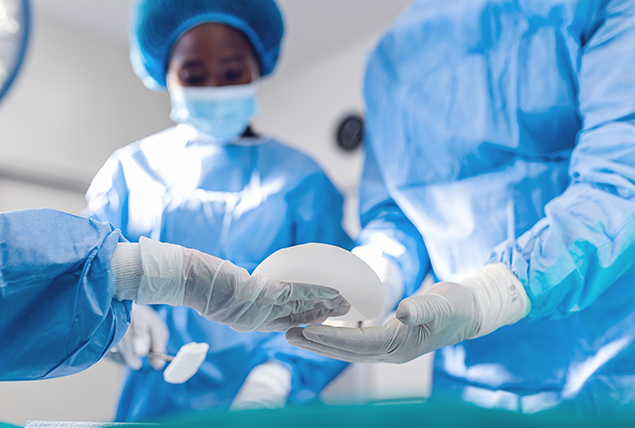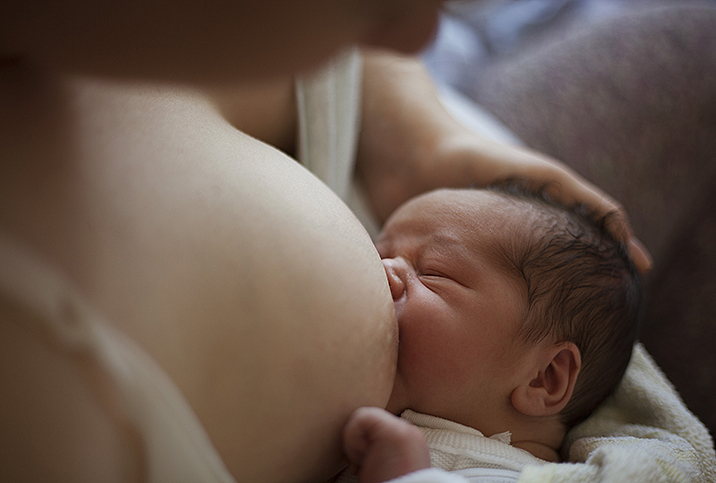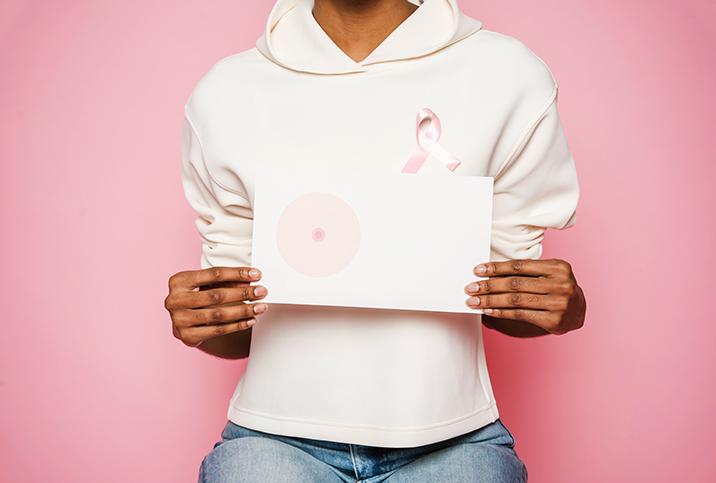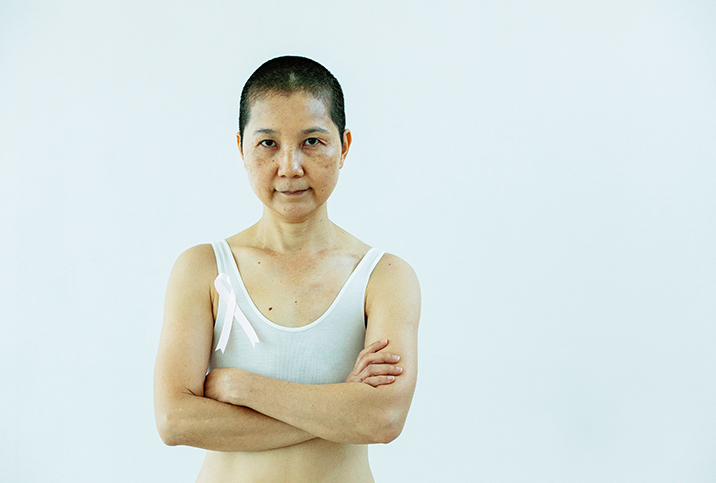Breast Surgery May Be Utilized Due to Cancer or for Cosmetic Reasons

Breast surgery can be a daunting prospect. Whether you need to get breast surgery for medical reasons or you're considering it for cosmetic reasons, you probably have a few questions.
We'll cover all things breast surgery, from what it is to what you can expect to the different types of breast surgery.
What is breast surgery?
The term breast surgery encompasses cosmetic (plastic) surgery, oncological (cancer-related) surgery and reconstructive surgery.
In cosmetic and reconstructive surgeries, surgeons work to build up or reduce the existing breast shape to make the breasts appear larger or smaller, more symmetrical or more rounded, depending on your needs.
In oncological surgeries, surgeons remove an area of the breast or, in some cases, the entire breast.
Breast surgery can be invasive and require a significant amount of recovery time. To learn more about what happens after breast surgery, visit our article on aftercare for breast surgery.
Why you may get breast surgery
There are a number of reasons to get breast surgery. You may decide you want it for aesthetic reasons or your doctor may recommend it for medical reasons.
"Someone might get breast surgery for any number of reasons," said Constance M. Chen, M.D., a board-certified plastic surgeon and breast reconstruction specialist in New York City. "Usually, the reasons will either be cosmetic or medical. Cosmetic reasons for undergoing breast surgery include changing the size, shape and symmetry of the breasts. Medical reasons include cancer and infection."
"There are a myriad of reasons why women seek breast surgery," added Alexander Zuriarrain, M.D., a quadruple-board-certified plastic surgeon with Zuri Plastic Surgery in Miami. "For the most part, there are women who would enjoy smaller breasts to improve their overall function. Other women develop breast cancer and require the removal of the tumor, which can lead to further subsequent operations. The third set of women desire either enhancement or lifting of the breast to obtain a more cosmetic outcome."
Whatever your reason for seeking breast surgery, it's important to discuss the procedure in detail with your doctor before making your final decision about the surgery.
The types of breast surgery
Cosmetic
Many women choose to undergo breast surgery for cosmetic or aesthetic reasons. In fact, according to the American Society of Plastic Surgeons, breast augmentation was the fifth-most popular cosmetic procedure in 2020, though the number of cases was down 33 percent from the previous year.
Cosmetic breast procedures include:
- Breast lift (mastopexy). This procedure lifts the breast by removing excess skin and tightening the surrounding tissue to reshape and support the new breast contour.
- Breast reduction (reduction mammaplasty). For some women, large breasts can be frustrating in day-to-day life and even lead to issues like back and neck pain. A breast reduction is a procedure that removes excess fat and tissue from the breasts to decrease their size.
- Breast augmentation (augmentation mammaplasty). Breast implants made of saline or silicone gels are inserted in the breasts to increase the breast size.
- Breast implant replacement. It is recommended that you replace your implants once every 10 to 15 years. During this procedure, it's possible to change the size of the breasts.
- Breast implant removal. If you decide you no longer want your breast implants or they leak, you may need removal or replacement.
- Fat transfer breast augmentation. Instead of using gel implants, a fat transfer breast augmentation uses fat from elsewhere in your body. This procedure is thought to be more natural and subtle than a regular breast augmentation.
Oncological
Oncological breast surgeries refer to surgeries that aim to remove cancerous cells from breast cancer patients. The type of breast surgery depends on the size and location of the cancer as well as the size of the breasts. There are two main types:
- Mastectomy (breast removal). A mastectomy is a procedure in which all of the breast tissue is removed, including the skin, nipple and chest muscle tissue. In rare cases, a surgeon may also remove some muscles in the chest as well.
- Lumpectomy (lump removal or breast-conserving surgery). A lumpectomy is a procedure in which an area of the breast is removed. If the cancer is localized, this procedure may be possible.
Reconstructive
After oncological breast surgeries, some women choose to receive partial or full reconstructive surgery. This surgery can be done either directly after a mastectomy or lumpectomy or after a longer period of time. Breast reconstruction is usually achieved by using implants, body tissue or a mixture of the two.
- Implant breast reconstruction. This type of breast reconstruction uses silicone or saline gel implants to recreate the shape of the breast. This is a simpler procedure but can lead to a less natural appearance.
- Body tissue reconstruction. This type of reconstruction uses fat, tissue and sometimes muscle from other areas of the body. It's a more invasive procedure but can lead to more realistic results.
- Nipple reconstruction. Breast reconstruction surgeries can recreate the breast shape but not the nipple. Nipple reconstruction can be achieved by using tattoos, body tissue or stick-on nipples.
There are a number of different types of breast surgery, including cosmetic, oncological and reconstructive. Oncological surgeries aim to remove cancerous cells and tissue from the breast area, while cosmetic and reconstructive surgeries aim to change the shape of the breast.
Breast augmentation and reconstruction can be achieved by using either implants or body tissue. While implants are an easier option, they can feel cold and unfamiliar to the touch. It's also important to have implants replaced roughly once a decade. On the other hand, although they may look and feel more realistic, body tissue surgeries are more invasive and leave two areas of scar tissue.
If you're thinking about getting breast surgery, it's vital that you speak to your doctor about potential side effects and health repercussions that may arise from the procedure. Cosmetic breast surgery may not be suitable for everyone.


















